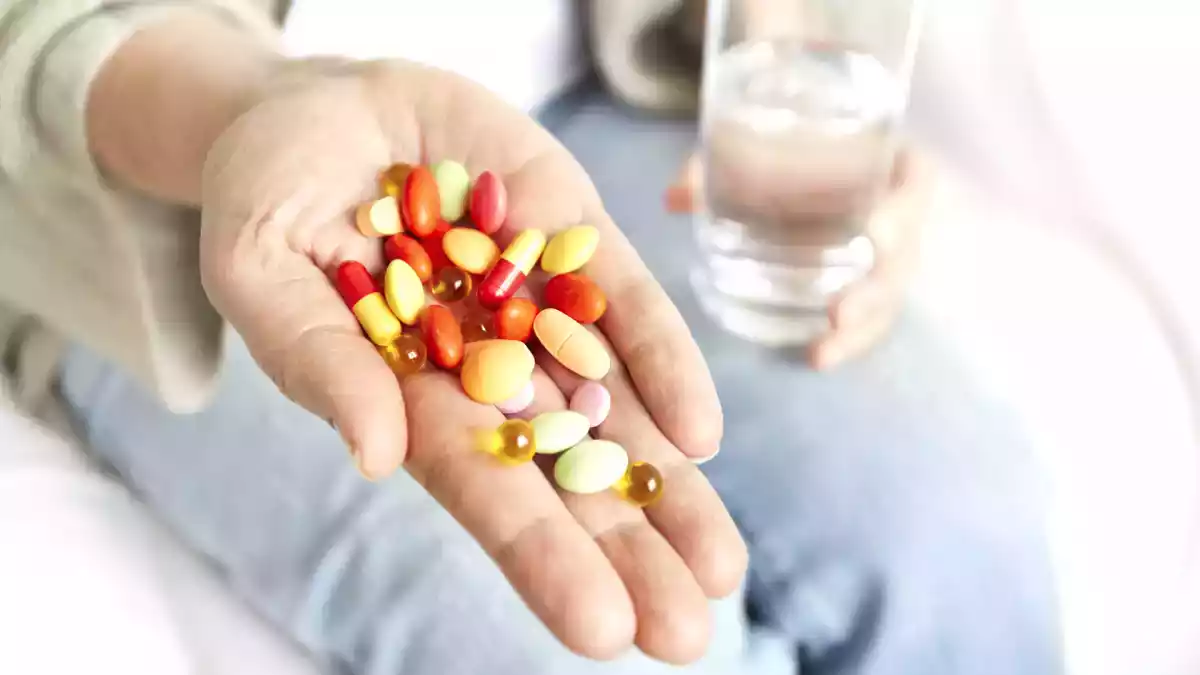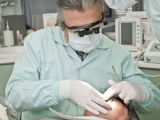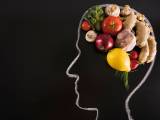After taking antibiotics: What to eat to help your gut recover?

There was a before and after after the discovery of penicillin in 1928. This antibiotic, used to treat infections, turned certain life-threatening conditions into treatable conditions. However, antibiotics, while fighting pathogenic bacteria, can also affect the "good" bacteria that make up our gut microbiome. Although in most people this impact is temporary, there are diet and lifestyle measures that can promote a faster and more complete recovery of the microbial ecosystem. So, after taking antibiotics, here's what you should take to help your gut recover.
What effects do antibiotics have on the gut?
Antibiotics not only combat harmful bacteria, but also affect the good bacteria. It is similar to a forest fire, where opportunistic species grow rapidly after the destruction of vegetation; in the gut, after treatment, fast-growing microbes predominate, reducing the diversity and functionality of the ecosystem.
Fortunately, native bacteria are not completely wiped out. Some resistant colonies survive in areas less reached by the drug and, together with bacteria that arrive through the diet and environment, help to repopulate the gut. However, regaining full diversity can take weeks or even months, depending on factors such as age, lifestyle and frequency of antibiotic use (Dethlefsen & Relman, 2011).
Diet as an ally in recovery
1. THE CRUCIAL ROLE OF FIBER
Beneficial bacteria in the gut often use fiber as a source of energy. Recent studies have highlighted that a diet rich in fiber favors the diversity and growth of these bacteria.
Include fiber-rich foods such as:
- Vegetables: asparagus, artichokes, onions, leeks, garlic, broccoli, spinach.
- Fruits: bananas, apples, pears, red berries
- Legumes: lentils, chickpeas, beans
- Whole grains: oatmeal, brown rice, quinoa
- Nuts and seeds: almonds, chia, flaxseeds
The World Health Organization (WHO) recommends a minimum intake of 0.8 oz/25 gr of fiber per day for adults with a healthy diet, although it suggests that a higher intake of 0.8oz/25 gr to 1 oz/30 gr per day may provide additional health benefits.
2. FERMENTED FOODS (NATURAL PROBIOTICS)
Fermented foods contain communities of bacteria and yeasts that can contribute to replenish beneficial species in the gut. Although the evidence is still limited, these foods could supplement the diet in times of recovery. such as kimchi, kefir, yogurt or yogurt.
Include fermented foods such as:
- Plain unsweetened yogurt
- Kefir
- Sauerkraut, kimchi, and naturally fermented pickles
- Miso and tempeh
- Kombucha
3. FOODS WITH BIOACTIVE COMPONENTS
Foods with bioactive components are those that, beyond their nutritional value, have beneficial effects on health.
It includes anti-inflammatory and polyphenol-rich foods such as:
- Green tea and black tea
- Pure cocoa (>85% cocoa)
- Extra virgin olive oil
- Red fruits, grapes and citrus fruits
- Spices such as turmeric and ginger
4. THE DEBATE ON THE USE OF PROBIOTICS
More than a decade ago, it was thought that probiotic supplements could help mitigate side effects such as diarrhea and antibiotic-induced cramps. However, more recent research has questioned this strategy. Current studies suggest that probiotic administration may not promote microbiome recovery and, in some cases, may even delay it. The hypothesis is that by introducing a limited group of bacterial species, these may compete with native bacteria for space and nutrients, even producing substances that inhibit the growth of the latter (Suez et al., 2018).
Probiotics probably do not cause harm, but neither do they guarantee a complete recovery of the microbiome as it was before treatment.
* As always, before making significant dietary changes or initiating supplements, it is essential to consult a health professional who can advise you on a personalized basis.
You may also be interested in:
 Patricia González
Patricia González

Comments